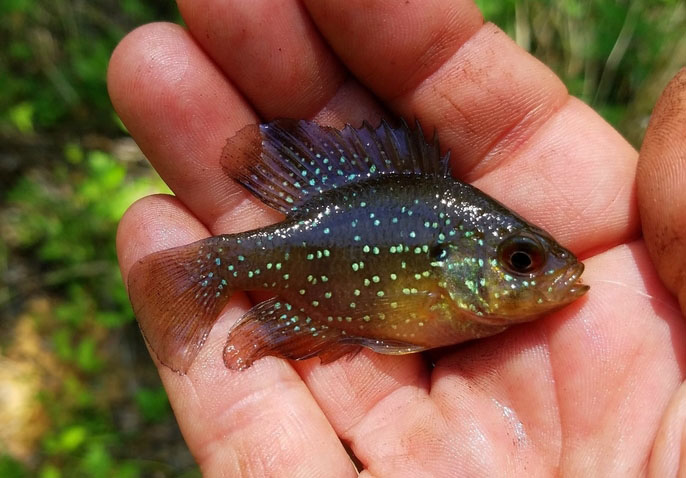 Happy Valentine’s Day! I hope someone makes you feel very special today and that you still find a little time for beavers. I’ve been seeing notifications lately about the beaver footage in the new PBS documentary about Big Bend National Park on the Texas Mexico border. This trailer will give you a great introduction for what to expect. The Beaver part starts around 2 minutes in but it’s all pretty nice watching.
Happy Valentine’s Day! I hope someone makes you feel very special today and that you still find a little time for beavers. I’ve been seeing notifications lately about the beaver footage in the new PBS documentary about Big Bend National Park on the Texas Mexico border. This trailer will give you a great introduction for what to expect. The Beaver part starts around 2 minutes in but it’s all pretty nice watching.
Making of “Big Bend: The Wild Frontier of Texas”
Filmmaker Skip Hobbie discusses his and the crew’s experience making Big Bend: The Wild Frontier of Texas. Hobbie talks about both the challenges and exciting moments while filming the animals of Big Bend, such as beavers and bears.
Leave it to Beavers: Chesapeake Bay Restoration by Nature
At the 2020 BeaverCON–a biennial, international conference held in March in Hunt Valley, Maryland–wildlife and environmental professionals gathered to learn what works in human-beaver conflict management and restoration. Following the conference, DNR staff and other partners formed a Beaver Working Group to help promote the science and understanding of beavers as ecosystem engineers and to elevate “process-based” stream restoration as a climate-resilient bay cleanup tool.
Throughout 2020, the Maryland Beaver Working Group has met virtually to discuss a path forward for beavers in Maryland–seeing beavers becoming a key player in increasing wetland acreage, improving habitat for a myriad of different wildlife species, and promoting healthy watersheds for brook trout and other aquatic species in need of conservation, such as the native coastal plain sunfish.

To further the science and implementation of this relatively new approach, DNR is partnering with the Baltimore and Harford County Soil Conservation Districts and Ecotone, a Maryland-based ecological restoration company, to implement this approach in a number of degraded stream systems. This approach promotes ecological recovery with minimal corrective intervention. The partners in this effort are cooperatively monitoring existing beaver dam complexes to determine effects on stream temperature and fish habitat.
Early findings indicate that while some areas behind a beaver dam can see increased water temperature, the technique promotes groundwater recharge, resulting in an overall cooling effect on water temperatures.
Beavers can modify their environment more than any other animal except humans, and have a large role to play in combating climate change. For example, elevated water tables surrounding beaver-modified areas increase the density and height of vegetation, reducing diurnal fluctuation of water temperatures, maintaining base flow, and increasing aquatic habitat complexity. These environmental modifications created by beaver activity can be essential components to restoring riparian corridors and building resilient ecological systems which help to mitigate against the effects of land use changes, increased impervious surfaces, and effects of climate change.
 That’s right. Not only is the Department of Natural Resources interested in beavers, The County Soil and Conservation District wants in too. Here’s my favorite part. Shhh.
That’s right. Not only is the Department of Natural Resources interested in beavers, The County Soil and Conservation District wants in too. Here’s my favorite part. Shhh.
Beaver Working Group members believe that like oysters, the beaver should be thought of as a keystone species in our restoration efforts. The difference is that the beaver is at the top of the watershed. Oysters are at the bottom. Both are equally important in maintaining healthy ecosystems. But beavers can help filter nutrients and sediments before they get into the tidal systems–leaving oysters with less work to do “filtering” the bay.
 Be still my heart, Erik Michelsen of Public Works in Anne Arundel County might well be my favorite human ever. Just imagine hearing those words come out of Dave Scola in Martinez. Well a girl can dream can’t she?
Be still my heart, Erik Michelsen of Public Works in Anne Arundel County might well be my favorite human ever. Just imagine hearing those words come out of Dave Scola in Martinez. Well a girl can dream can’t she?
Now wish me luck at Oakmont! And come see for yourself if you’re not sleeping in.








































